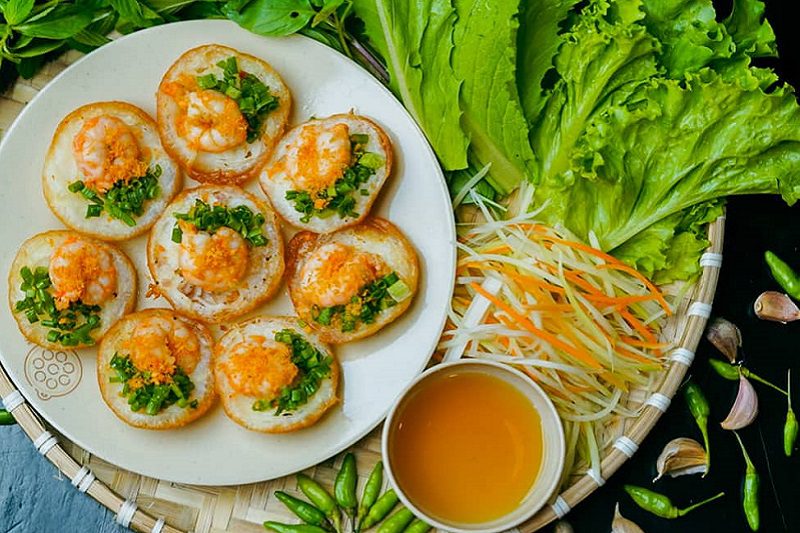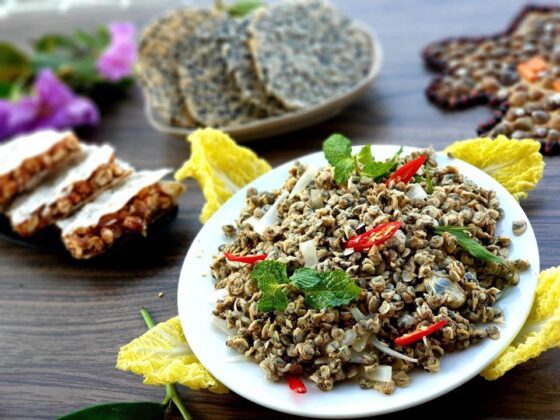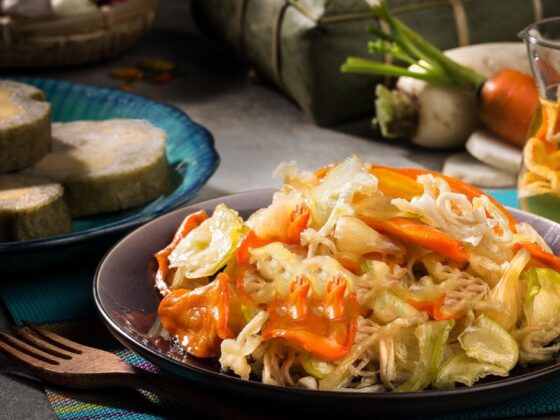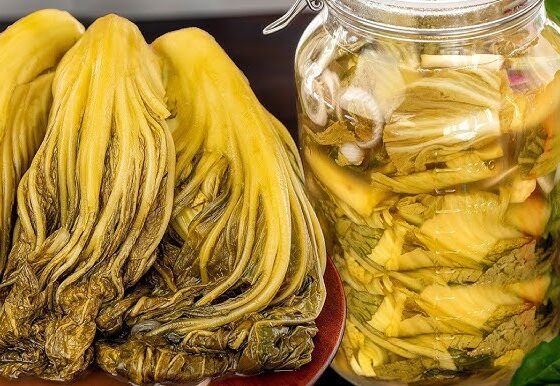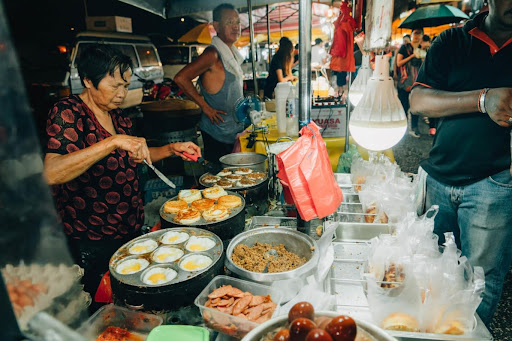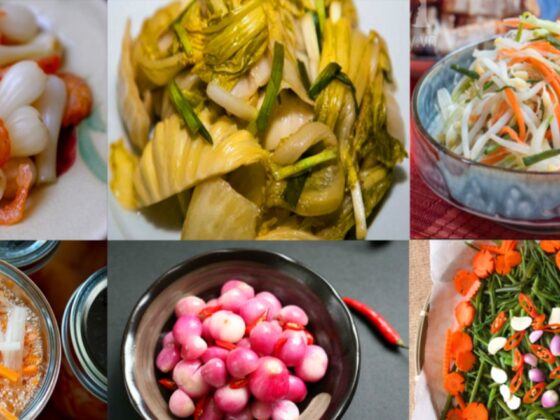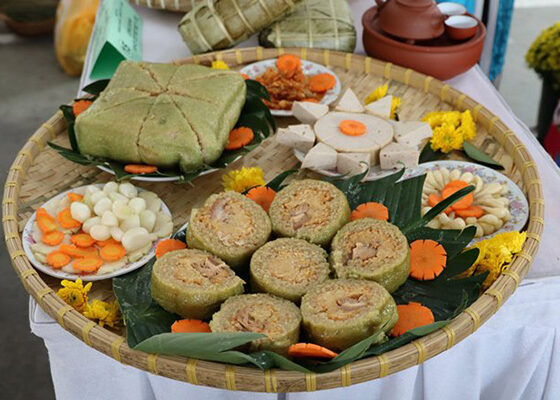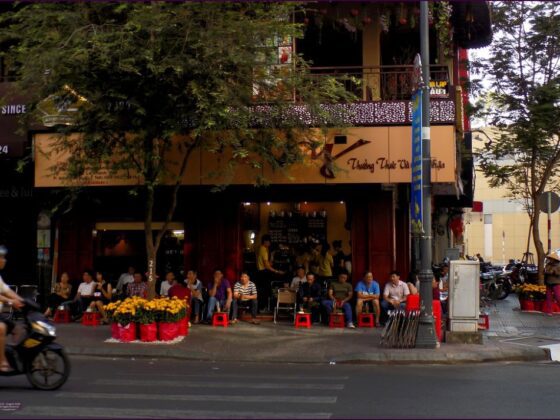Table of Contents Show
✍️ AI is summarizing:
Banh Can is a delightful Vietnamese dish that captures the essence of street food culture in Vietnam, particularly in the coastal regions of Central Vietnam. These small, savory rice pancakes are known for their unique texture and flavor, making them a beloved choice among locals and visitors alike. Often served with an array of toppings and dipping sauces, Banh Can offers a culinary experience that is both satisfying and enjoyable.
Related post:
- Banh U La Tro: The Traditional Vietnamese Sticky Rice Cake
- Thit Kho Tau: The Delicious Vietnamese Braised Pork Delight
- Hen Xuc Banh Trang: The Flavorful Clam and Rice Paper Delight
The foundation of Banh Can: Rice batter and clay molds
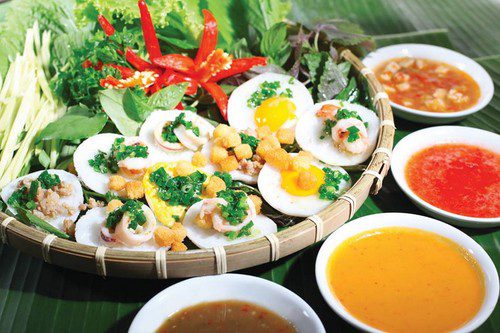
The foundation of Banh Can lies in its batter, which is made from a mixture of rice flour, water, and sometimes coconut milk. This combination creates a smooth, pourable batter that yields soft and slightly chewy pancakes when cooked. Traditionally, Banh Can is prepared using small, round molds made from clay or cast iron, which are heated over an open flame or on a stovetop. The molds are lightly greased, and the batter is poured in, allowing it to steam and cook to perfection.
What sets Banh Can apart from other rice-based dishes is its unique cooking method. The small molds create a crispy outer layer while keeping the inside tender and moist. The cooking process is quick, usually taking just a few minutes, resulting in perfectly cooked pancakes that are golden brown and slightly crispy around the edges.
Toppings that elevate the flavor of Banh Can
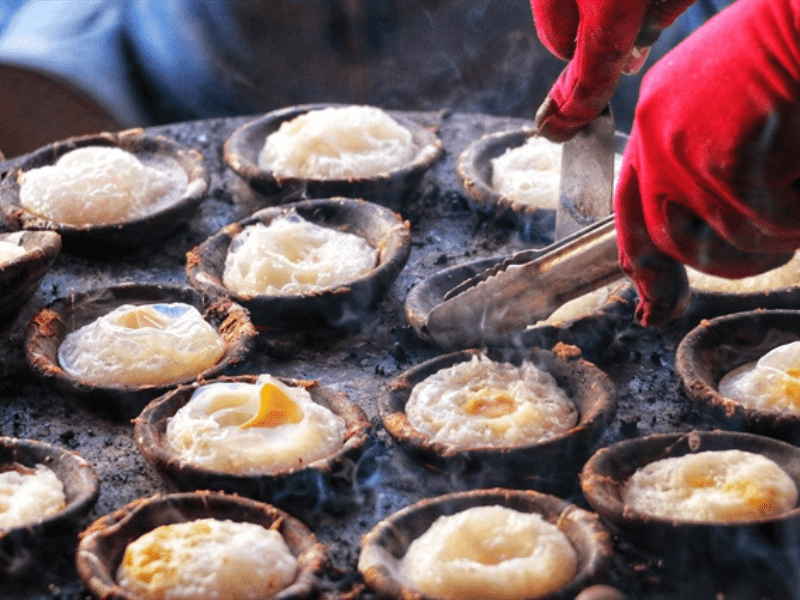
Banh Can can be topped with a variety of ingredients, enhancing its flavor and appeal. Common toppings include minced pork, shrimp, or a combination of both. The meat is often marinated with spices and herbs, adding depth to the dish. Some variations of this dish feature ingredients like quail eggs, which are cracked open and placed on top of the pancakes just before they finish cooking, adding richness and flavor.
Fresh herbs and dipping sauces: Completing the Banh Can experience
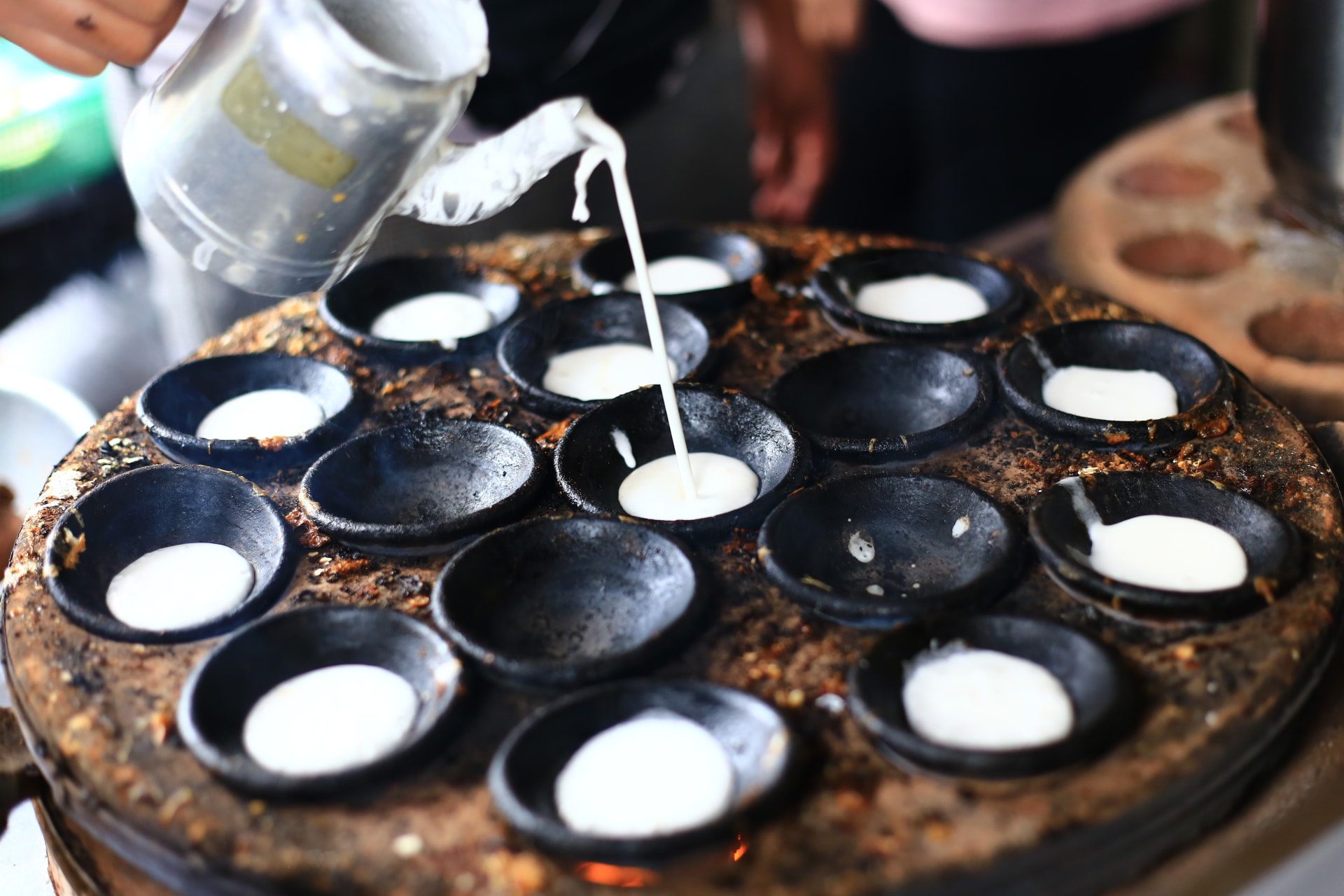
The pancakes are typically served with a selection of fresh herbs and vegetables, such as lettuce, cilantro, and bean sprouts. These fresh accompaniments add a refreshing crunch and balance the savory flavors of Banh Can. Diners can create their own wraps by placing a pancake in a leaf of lettuce, adding herbs and vegetables, and drizzling it with a dipping sauce.
A key element of enjoying this cake the dipping sauce, which enhances the overall experience. A popular choice is nuoc cham, a tangy sauce made from fish sauce, lime juice, sugar, and chili. This sauce adds a zesty kick that complements the richness of Banh Can beautifully. Some variations may also include peanut sauce or hoisin sauce, providing additional layers of flavor.
Banh Can and the culture of Vietnamese street food
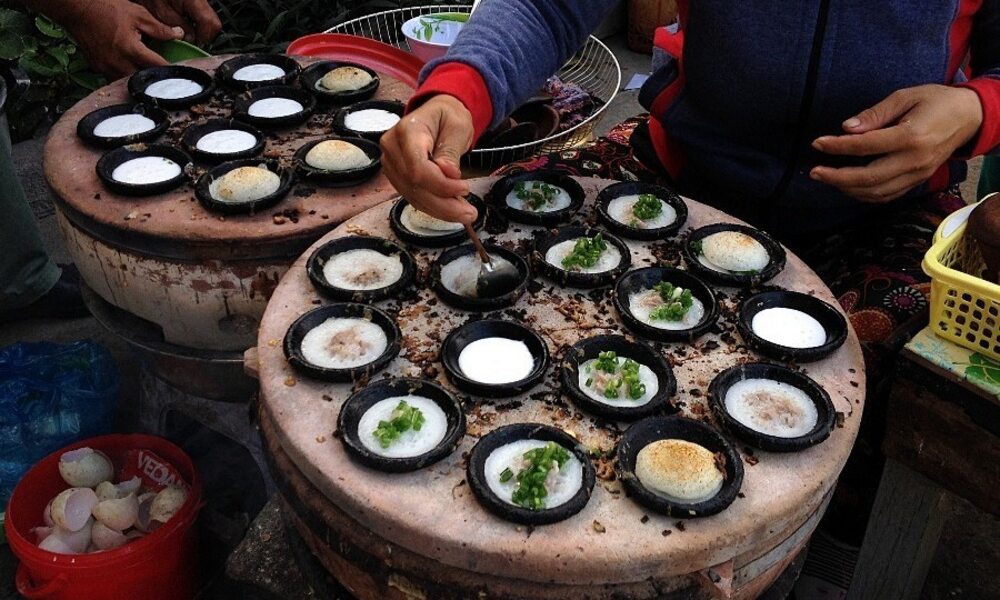
Culturally, Banh Can reflects the vibrant street food scene of Vietnam, where food is not just sustenance but a way to bring people together. It is commonly enjoyed as a snack or light meal, often found at bustling food stalls and markets. The communal aspect of sharing Banh Can with friends and family fosters a sense of connection and enjoyment, making it a cherished dish in Vietnamese society.
Conclusion
In conclusion, Banh Can is a remarkable Vietnamese dish that showcases the country’s rich culinary heritage and love for rice-based delicacies. With its unique cooking method, flavorful toppings, and vibrant accompaniments, it offers a satisfying and memorable dining experience.
Whether enjoyed at a street vendor or a cozy restaurant, this dish invites everyone to savor the delightful tastes of Vietnam, making it a beloved staple in the country’s culinary landscape. Its versatility and charm ensure that Banh Can will continue to be a favorite for generations to come. Stay updated with all things ExoTrails! Follow us on Facebook for the latest news, travel stories, and inspiration.

